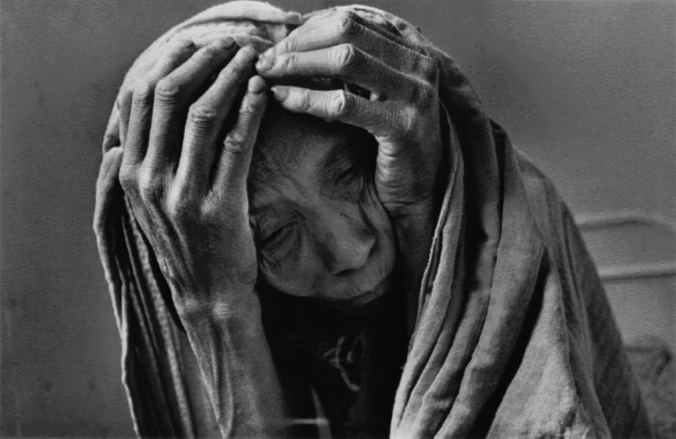
Nick Carter
This is image is quite possibly one of the most confronting of our time. In 1993, South African photographer and journalist, Kevin Carter, captured this heartbreaking photograph of a very young Sudanese girl during the famine. On first glance there is nothing about this image that can be said as a positive, by which I mean, “she could just be resting.” I didn’t have that reaction at all. The girl is crouching, seemingly unable to move on and a vulture watches on.
This image caused global controversy and outrage. New York Times published the image, and while many were concerned if the girl was now dead, Carter received a lot of attention (Ow-Yeong, 2014) after it was uncovered that he had done nothing to protect or help the innocent child. Little did the worried public know that he was able to do anything due to the laws surrounding him in Sudan (Neal, 2014). Due to the flack he received, Carter took his own life shortly after he had won the Pulitzer Prize. Two lives tragically lost, both innocent. Carter was doing his job by creating awareness of the issue to hopefully spark an aggressive need to help into the public’s psyche. However, much like a lot of what happens today, the public ignores the real issue and draws focus to the wrong issue. This picture tells a thousand stories and blasts even more words into our heads, but all I see is ‘help’ and it seems that message is to often ignored.
It’s almost as if people don’t want to face the reality of the world and by doing that, they will buy time by scrutinising the photographer. Before projecting their hate on someone like Carter, what can they say they are doing to help the issue? The world will just turn a blind eye, which I know is true because I have done the same thing. It’s just ridiculous that as soon as it becomes a widespread issue, everyone decides to care.
It’s interesting to compare the photos taken by Carter to those taken by artist, Sebastiao Salgado. While Carter’s images showed horror and violence of poverty, Salgado’s images were criticised as being ‘too beautiful’ (Kimmelman, 2001). Many of these images are seen in the book, Sahel: The End of the Road, which were shot in Chad, Mali, Sudan and Ethiopia showing the effects of famine in the 80s.

Sebastiao Salgado
Carter’s photos make us feel helpless, saddened and angry while Salgado’s images are reviewed as art and beautiful. There is a difference between each photographers images. Carter is a journalist while Salgado is clearly an artist. It is an artist’s job to find the beauty in even the darkest of pain. However, his work allows us to avoid the real issue. Meanwhile, Carter is out on the field to expose the truth and create awareness. So what is the real issue? The fact that these men have both gone out and down their jobs or the fact that nobody seems to care about poverty until its thrown in their faces?
References:
Kimmelman, M 2001, ‘PHOTOGRAPHY REVIEW; Can Suffering Be Too Beautiful?’, The New York Times, 13 July, viewed 28th March 16,http://www.nytimes.com/2001/07/13/arts/photography-review-can-suffering-be-too-beautiful.html?pagewanted=all
Neal, L 2014, How Photojournalism Killed Kevin Carter, All That is Interesting, viewed 28th March 16, http://all-that-is-interesting.com/kevin-carter/2
Ow-Yeong, W 2014,’ ‘Our Failure of Empathy’: Kevin Carter, Susan Sontag, and the Problems of Photography’, Think Pieces: A Journal of the Joint Faculty Institute of Graduate Studies, University College London vol.1, no.1, pp. 9-17.